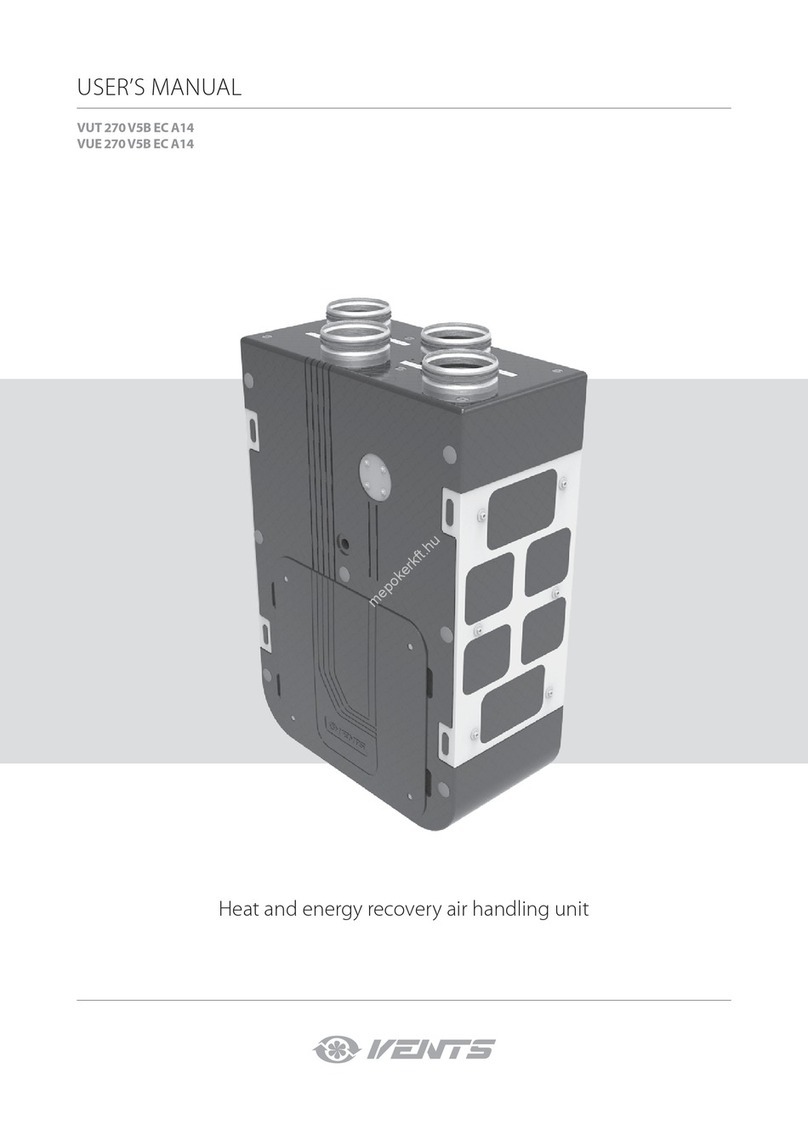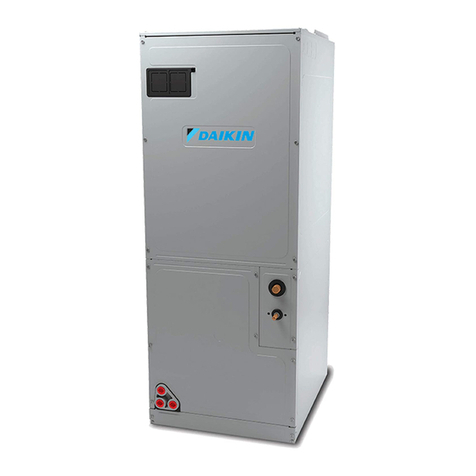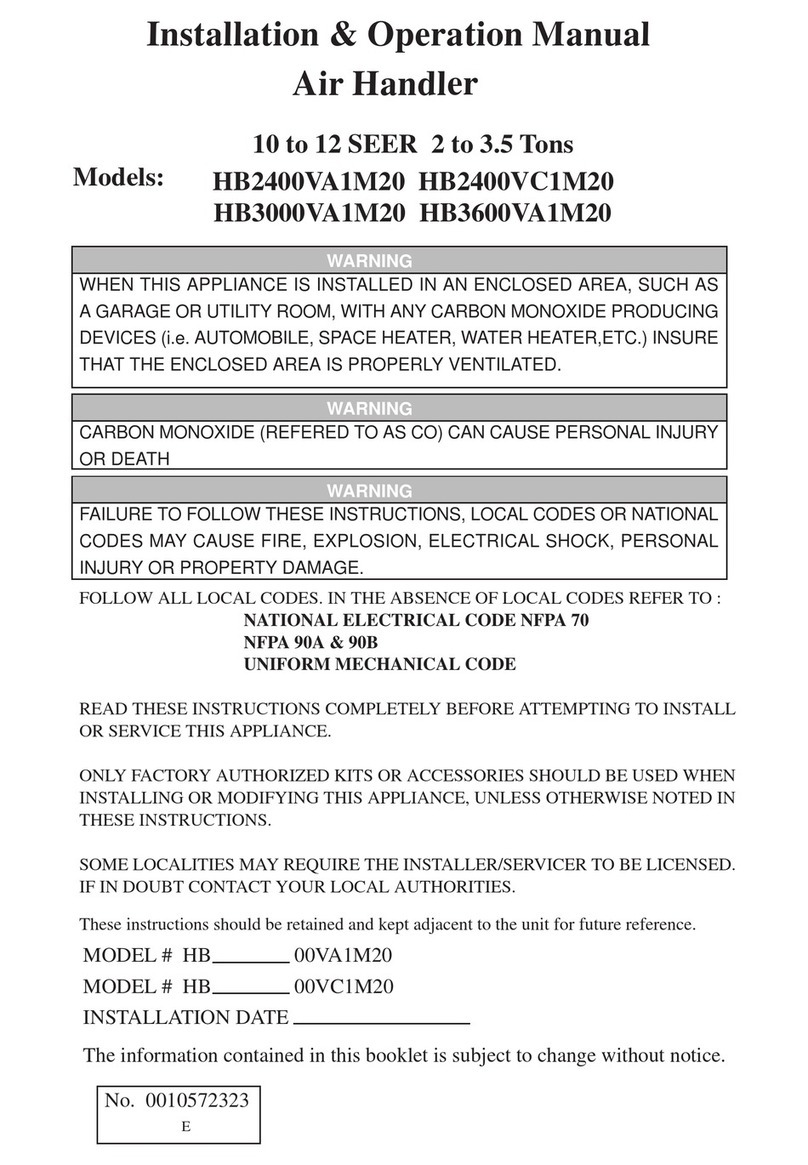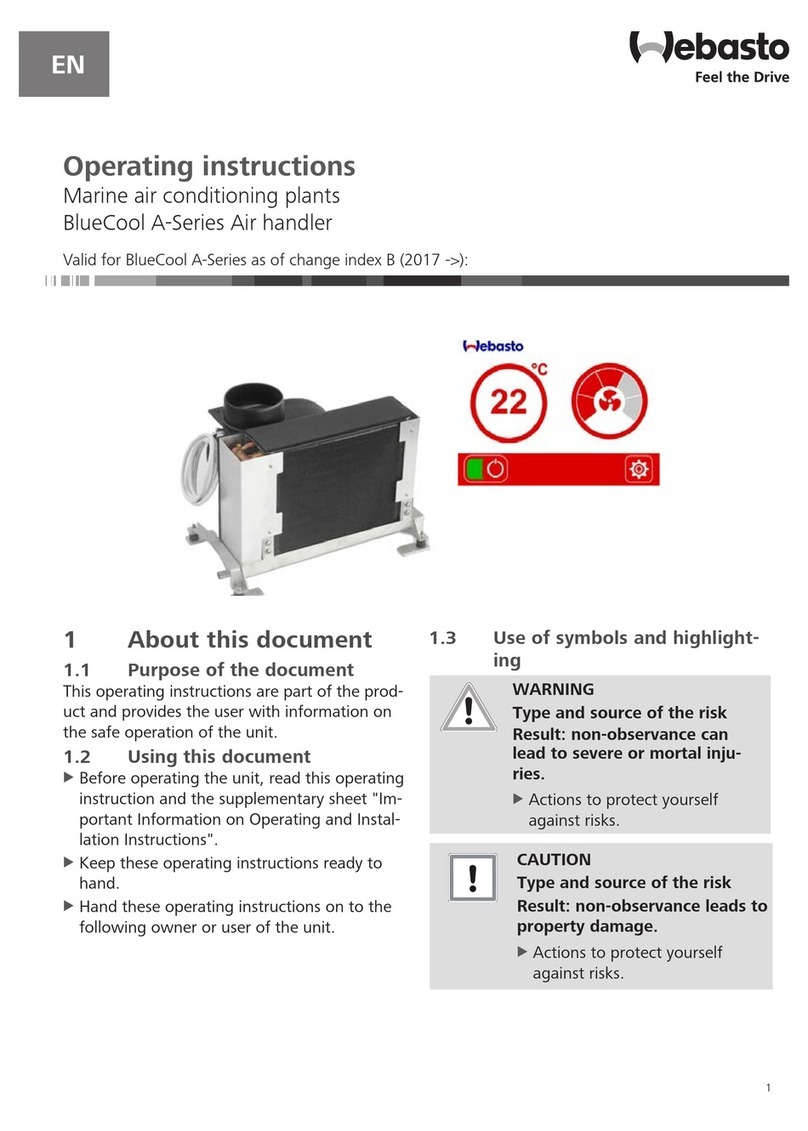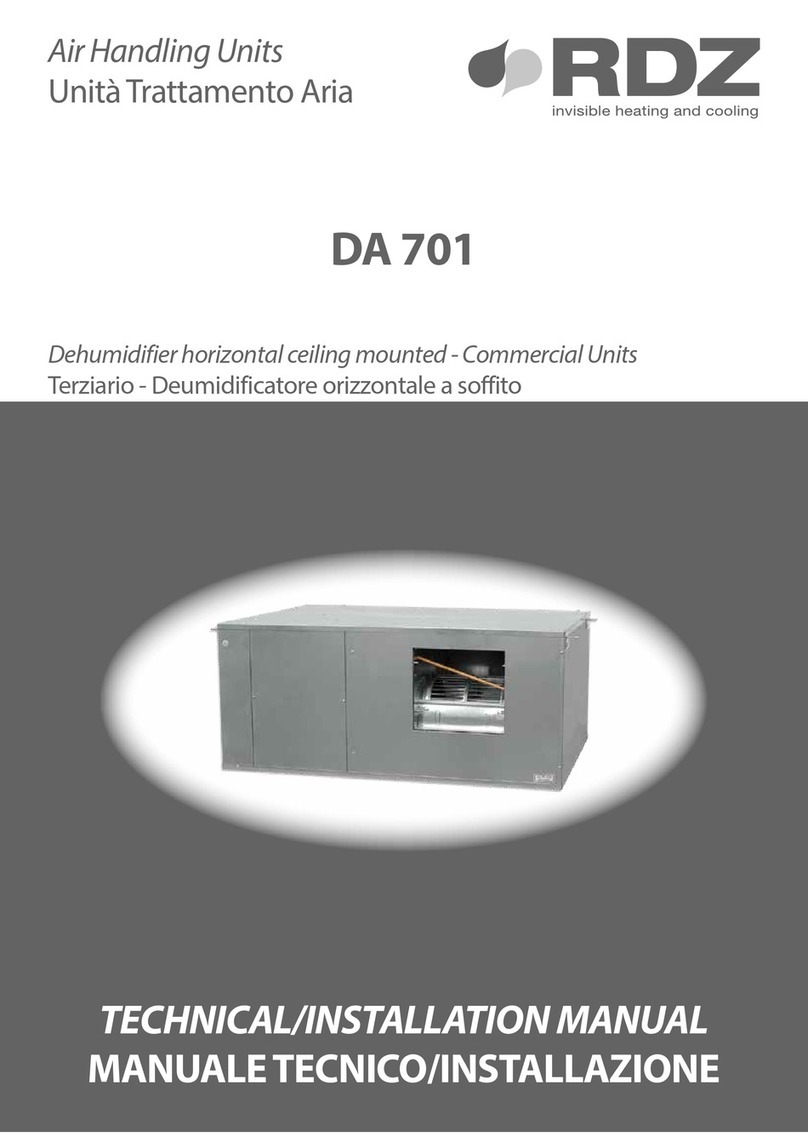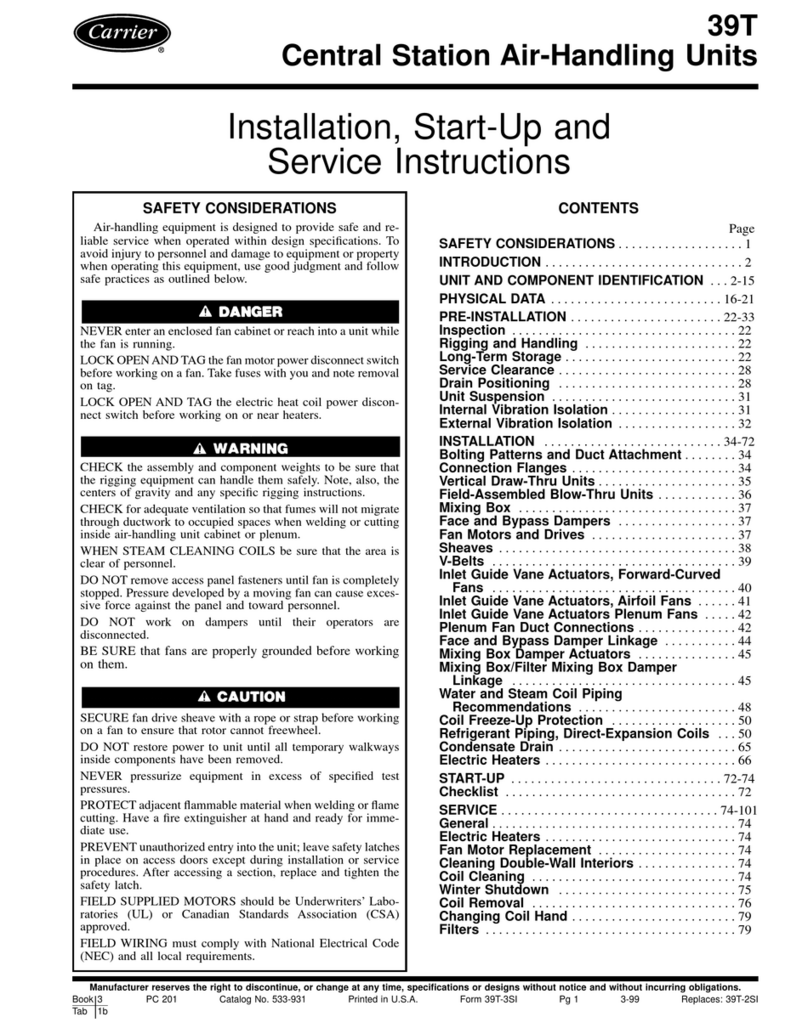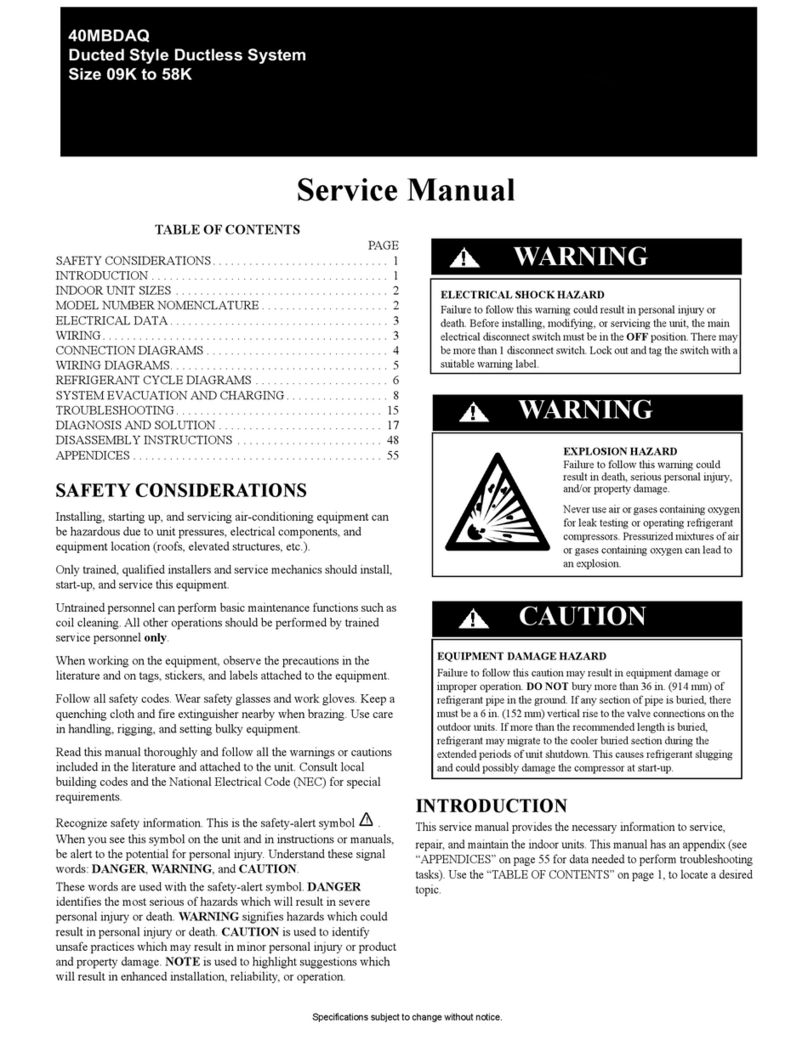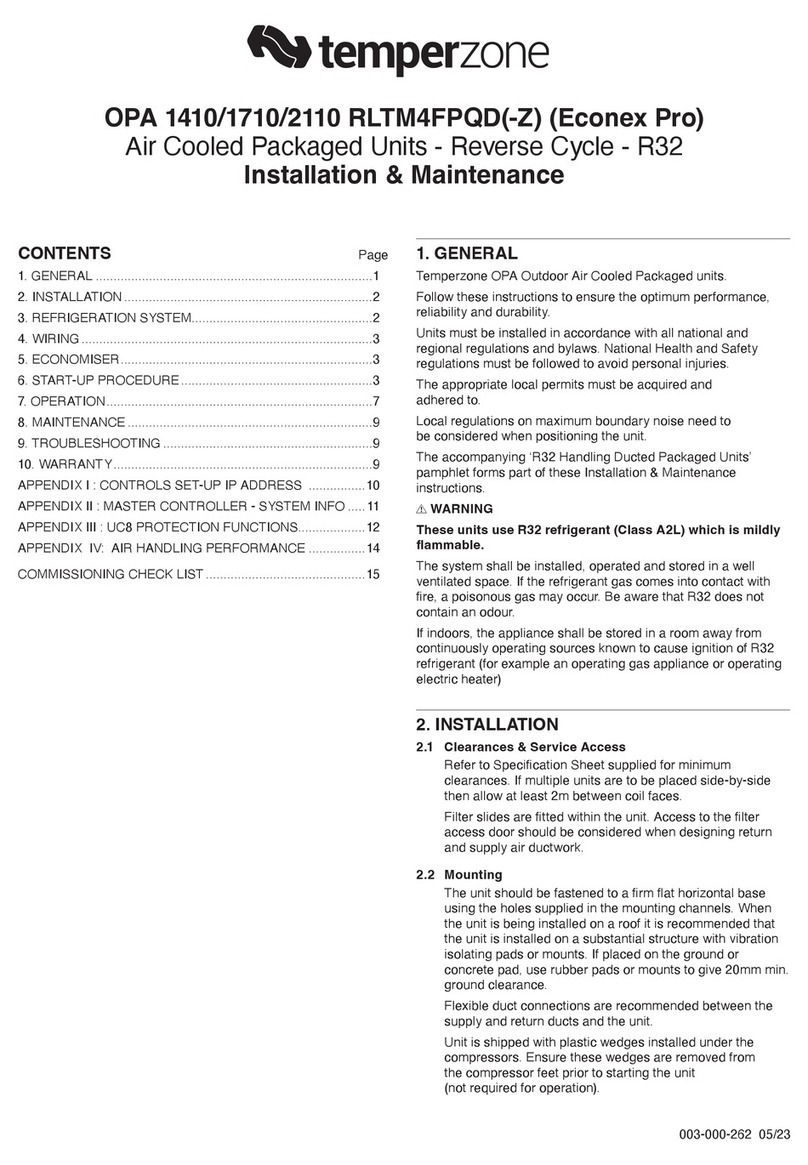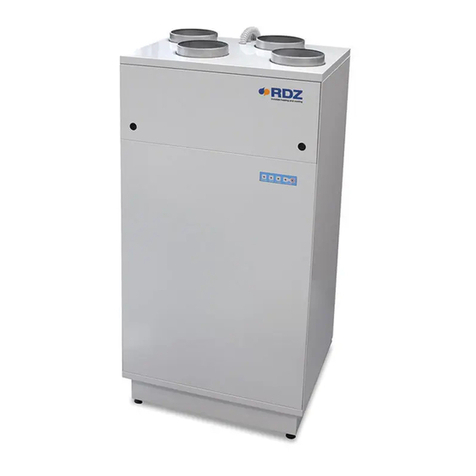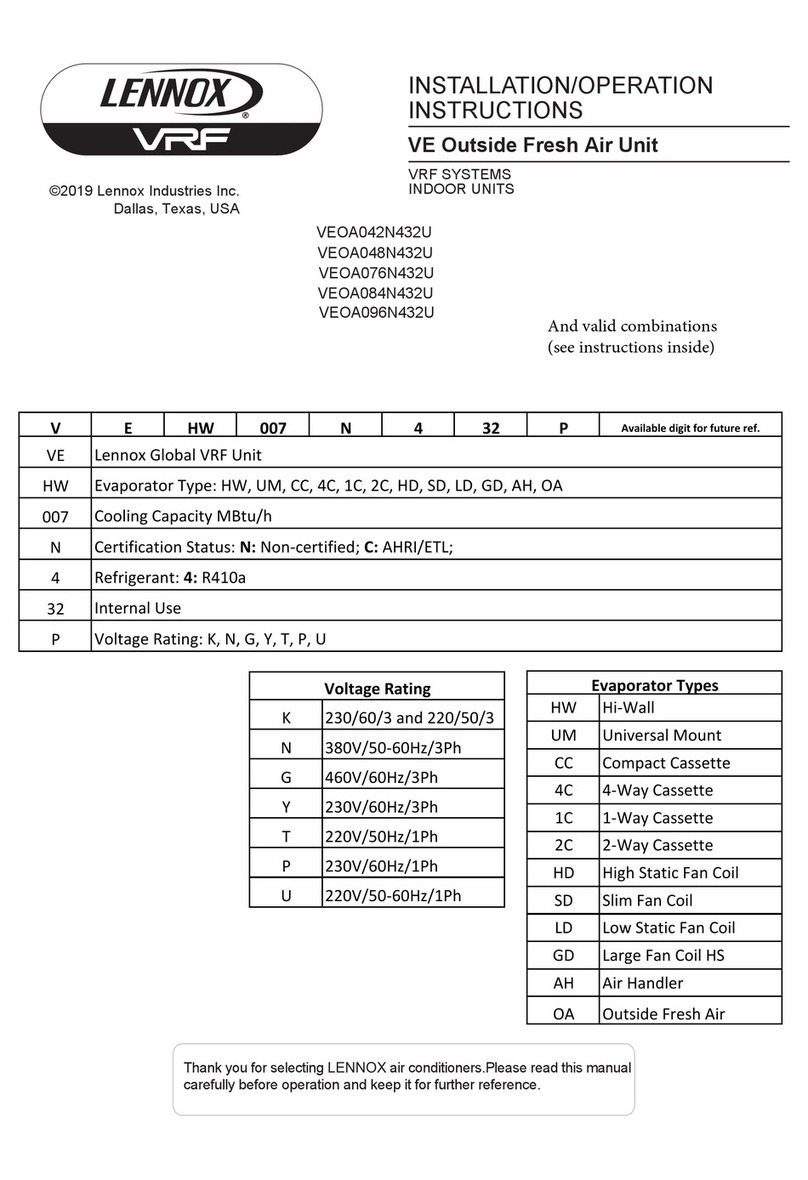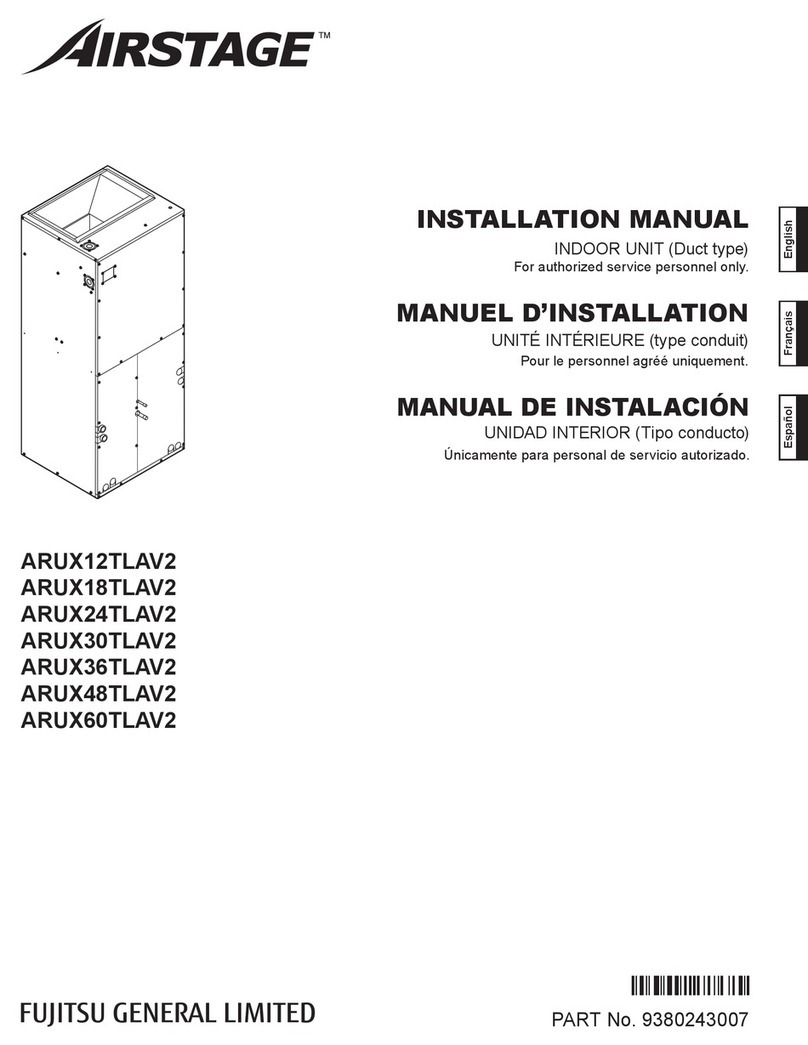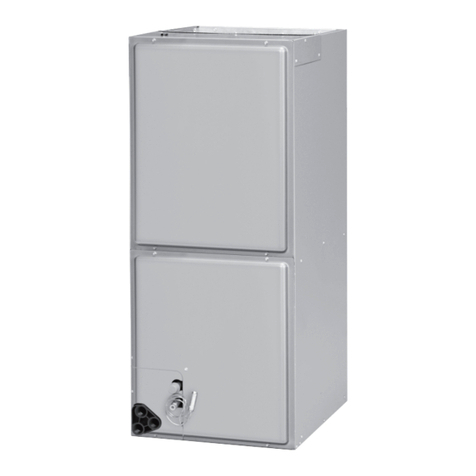
WARNING
PROPOSITION 65: This appliance
contains fiberglass insulation.
Respirable particles of fiberglass
are known to the State of California
to cause cancer.
All manufacturer products meet
current Federal OSHA Guidelines for
safety. California Proposition 65
warnings are required for certain
products, which are not covered by
the OSHA standards.
California’s Proposition 65 requires
warnings for products sold in
California that contain or produce
any of over 600 listed chemicals
known to the State of California to
cause cancer or birth defects such
as fiberglass insulation, lead in
brass, and combustion products
from natural gas.
All “new equipment” shipped for
sale in California will have labels
stating that the product contains
and/or produces Proposition 65
chemicals. Although we have not
changed our processes, having the
same label on all our products facil-
itates manufacturing and shipping.
We cannot always know “when,
or if” products will be sold in the
California market.
You may receive inquiries from cus-
tomers about chemicals found in, or
produced by, some of our heating
and air-conditioning equipment, or
found in natural gas used with some
of our products. Listed below are
those chemicals and substances
commonly associated with similar
equipment in our industry and other
manufacturers.
• Glass Wool (Fiberglass) Insulation
• Carbon Monoxide (CO).
• Formaldehyde
• Benzene
More details are available at the
websites for OSHA (Occupational
Safety and Health Administration),
at www.osha.gov and the State of
California’s OEHHA (Office of
Environmental Health Hazard
Assessment), at www.oehha.org.
Consumer education is important
since the chemicals and substanc-
es on the list are found in our daily
lives. Most consumers are aware
that products present safety and
health risks, when improperly used,
handled and maintained.
!
CAUTION (SEE SECTION 3.3: AUXILIARY OVERFLOW PAN)
In compliance with recognized codes, it is recommended that an auxiliary
drain pan be installed under all evaporator coils or units containing evaporator
coils that are located in any area of a structure where damage to the building
or building contents may occur as a result of an overflow of the coil drain pan
or a stoppage in the primary condensate drain piping.
!
CAUTION (SEE SECTION 3.2.3: INSTALLATION IN AN UNCONDITIONED SPACE)
When used in cooling applications, excessive sweating may occur when unit
is installed in an unconditioned space. This can result in property damage.
!
WARNING (SEE SECTION 3.7: AIR FILTER)
Do not operate the system without filters. A portion of the dust entrained in
the air may temporarily lodge in the duct runs and at the supply registers. Any
circulated dust particles could be heated and charred by contact with the air
handler elements. This residue could soil ceilings, walls, drapes, carpets and
other articles in the house.
Soot damage may occur with filters in place, when certain types of candles, oil
lamps or standing pilots are burned.
!
NOTICE
Improper installation, or installation not made in accordance with the Underwriters
Laboratory (UL) certification or these instructions, can result in unsatisfactory
operation and/or dangerous conditions and are not covered by the unit warranty.
!
NOTICE
Use of this air-handler during construction is not recommended. If operation
during construction is absolutely required, the following temporary installation
requirements must be followed:
Installation must comply with all Installation Instructions in this manual includ-
ing the following items:
• Properly sized power supply and circuit breaker/fuse
• Air-handler operating under thermostatic control;
• Return air duct sealed to the air-handler;
• Air filters must be in place;
• Correct air-flow setting for application
• Removing the coil and storing it in a clean safe place is highly recommended
until construction is completed and the outdoor unit is installed.
• Clean air-handler, duct work, and components including coil upon completion
of the construction process and verify proper air-handler operating condi-
tions according as stated in this instruction manual.
• NOTE: Electric strip heater elements tend to emit a burning odor for a few
days if dust has accumulated during construction. Heater elements are easily
damaged. Take great care when cleaning them. Low pressure compressed air
is recommended for cleaning elements.
!
4
WARNING (SEE SECTION 3.6: DUCTWORK)
Do not, under any circumstances, connect return ductwork to any other heat
producing device such as fireplace insert, stove, etc. Unauthorized use of such
devices may result in fire, carbon monoxide poisoning, explosion, personal injury
or property damage.
!
WARNING (SEE SECTION 7.0: MAINTENANCE)
Units with circuit breaker(s) meet requirements as a service disconnect
switch, however, if access is required to the line side (covered) of the circuit
breaker, this side of the breaker(s) will be energized with the breaker(s) de-en-
ergized. Contact with the line side can cause electrical shock resulting in per-
sonal injury or death.
!
WARNING (SEE SECTION 3.12.2: GROUNDING)
The unit must be permanently grounded. Failure to do so can result in electri-
cal shock causing personal injury or death.
!
